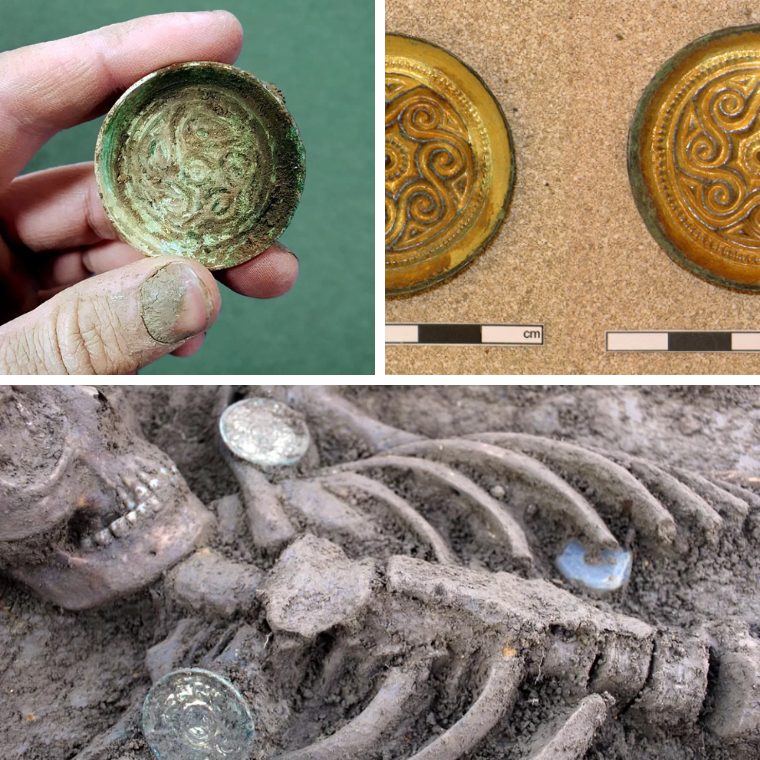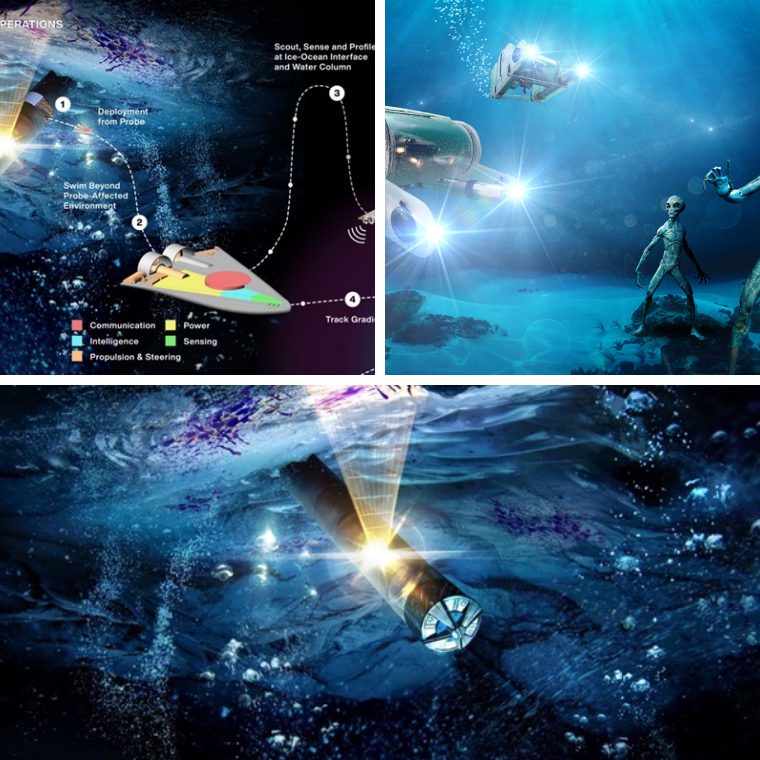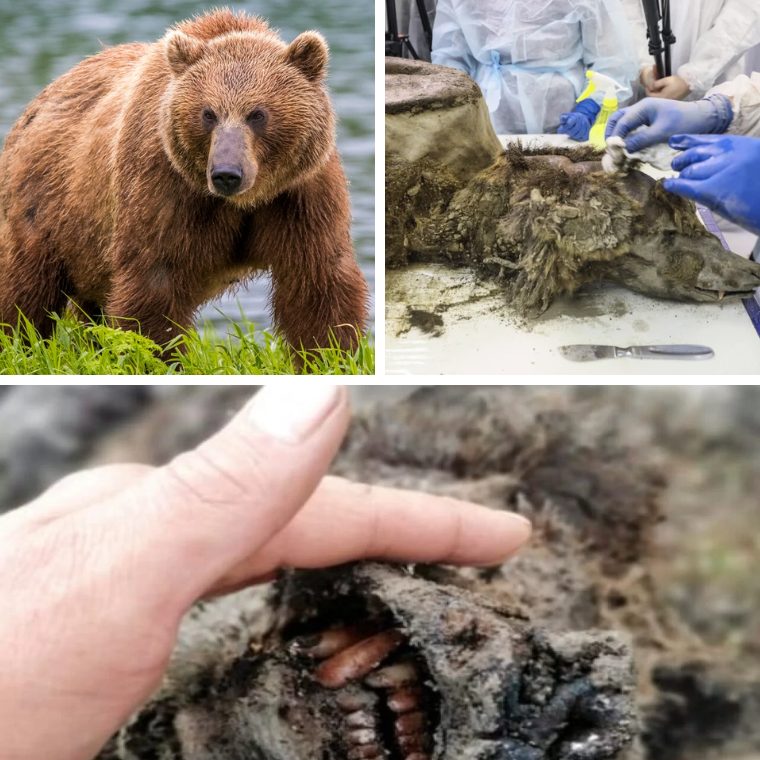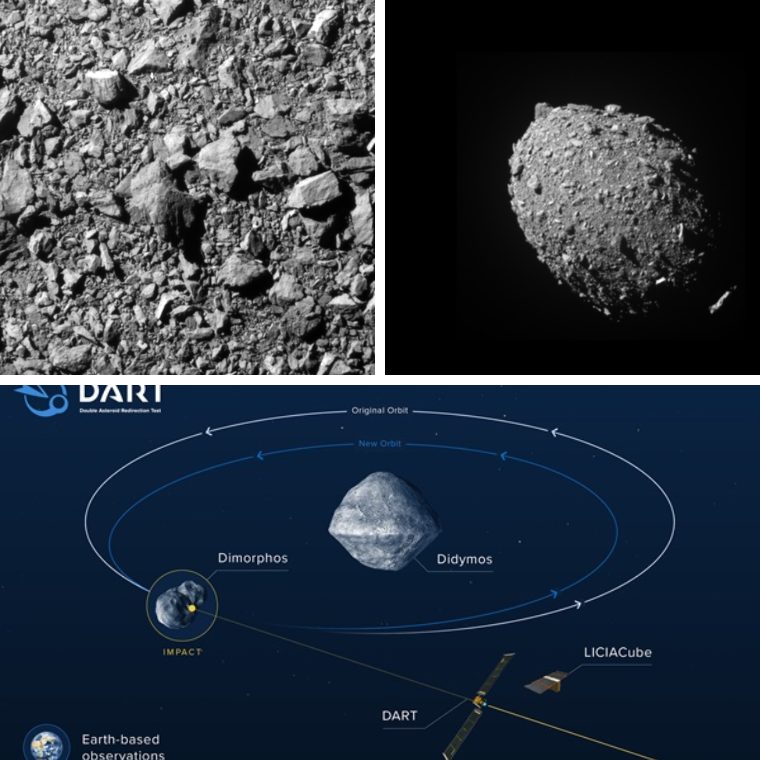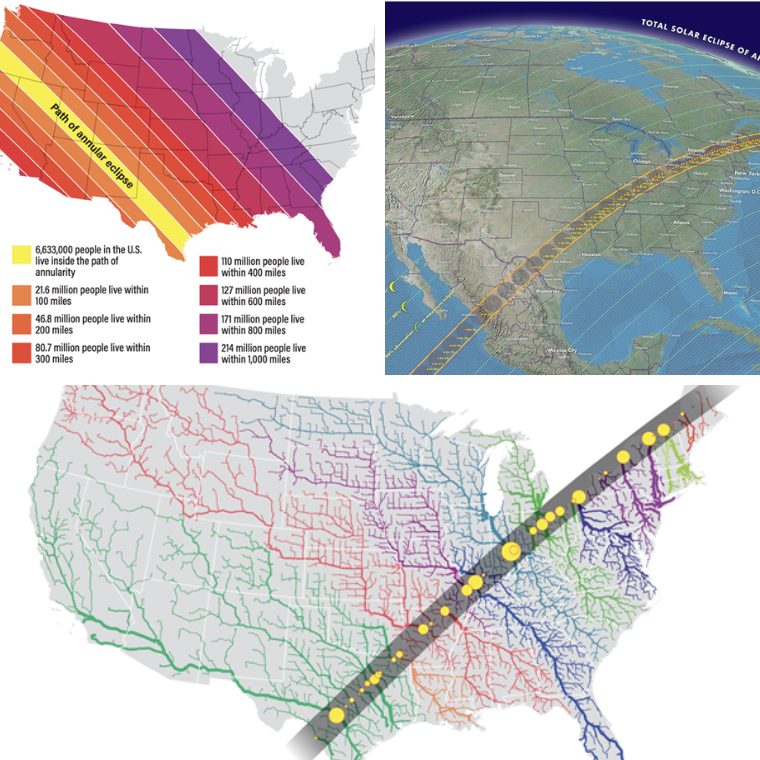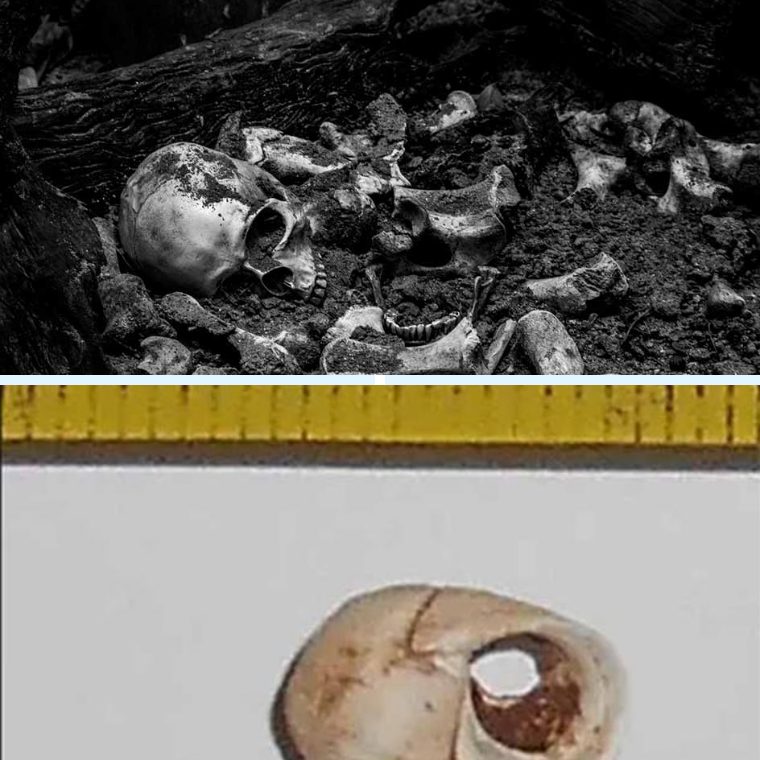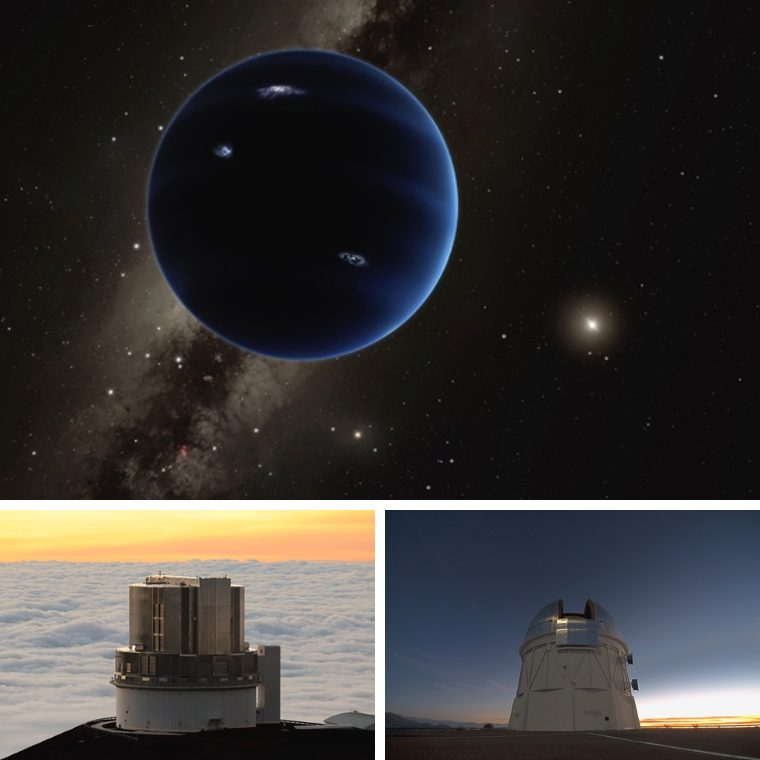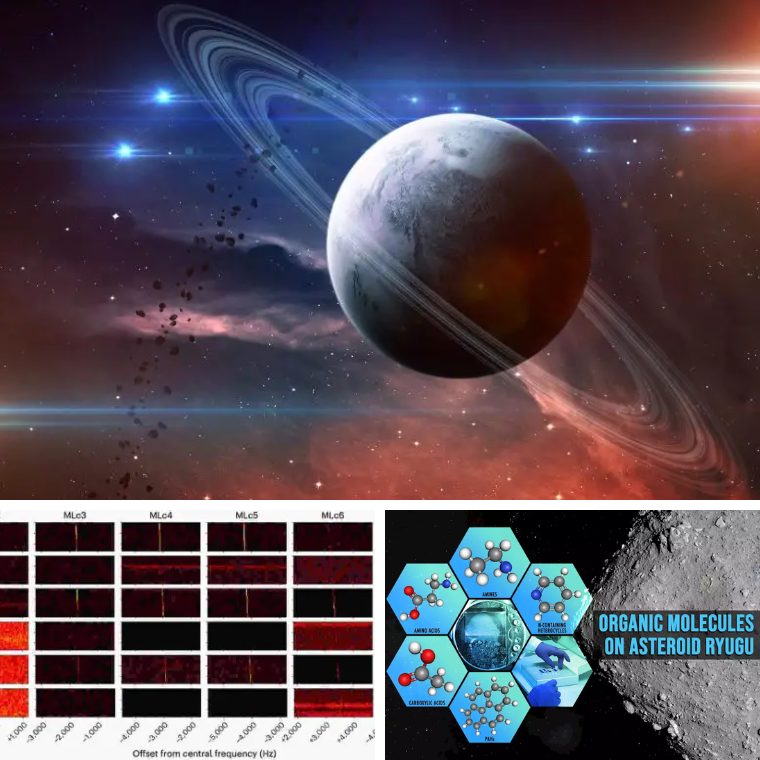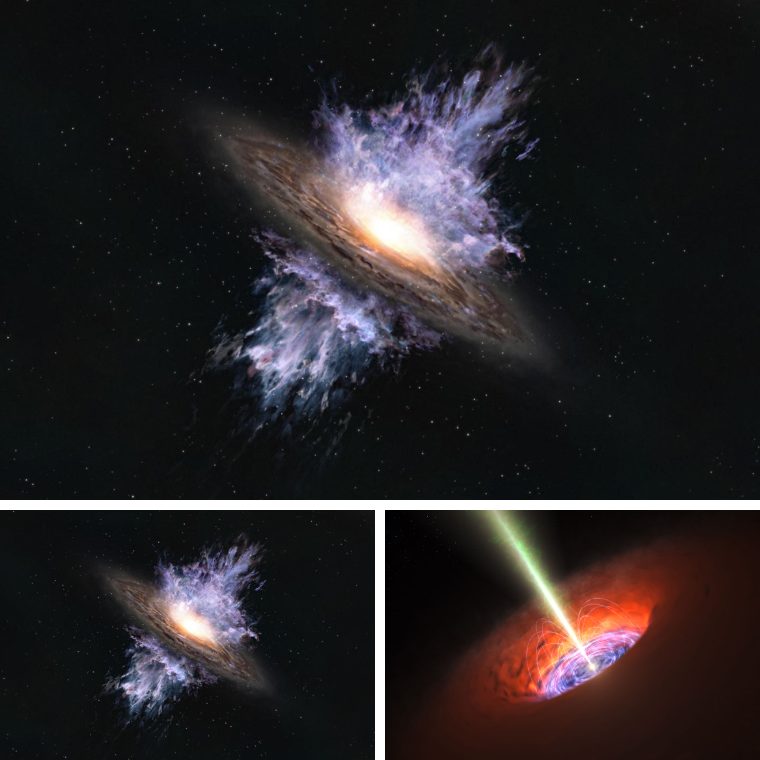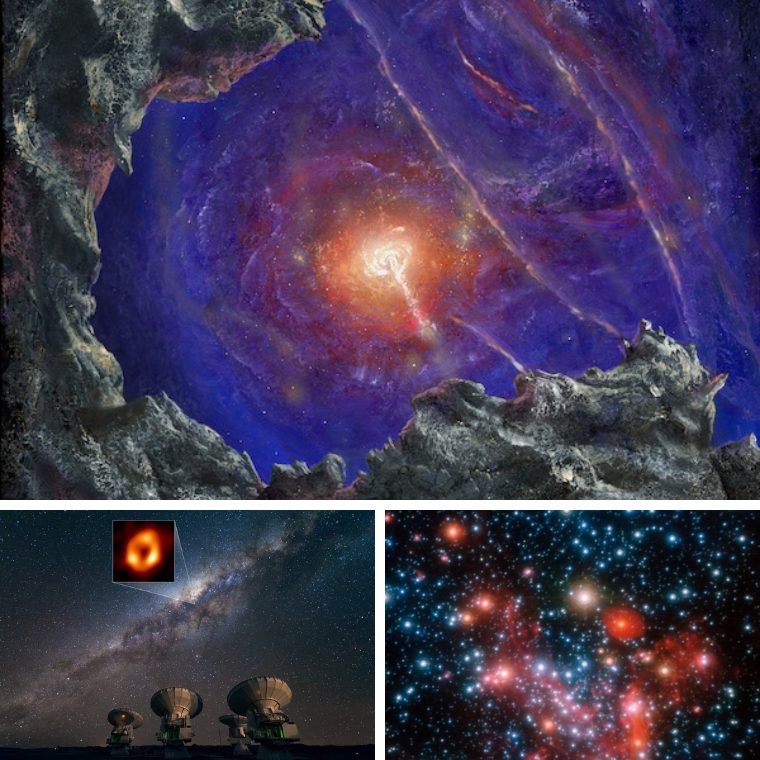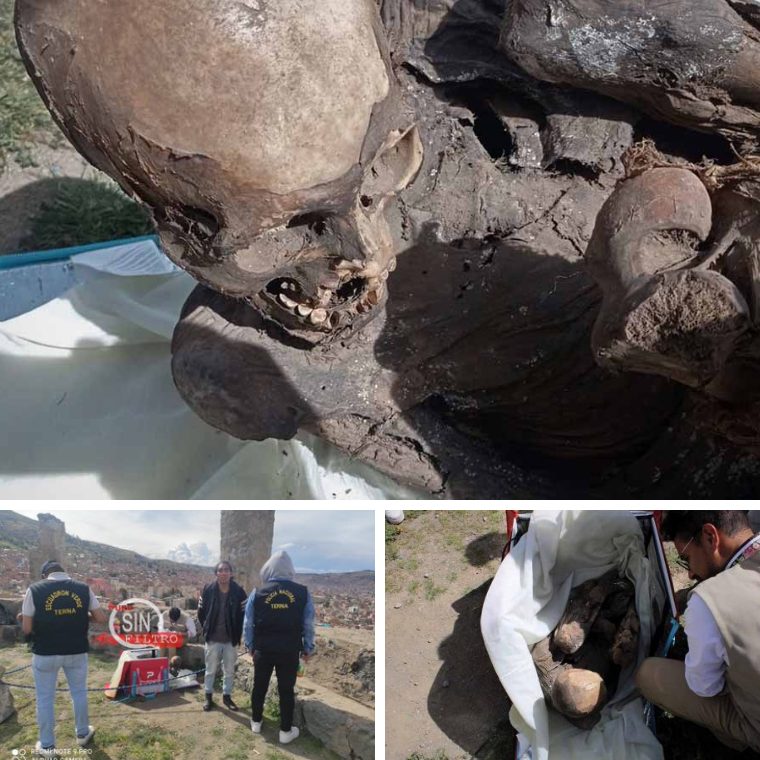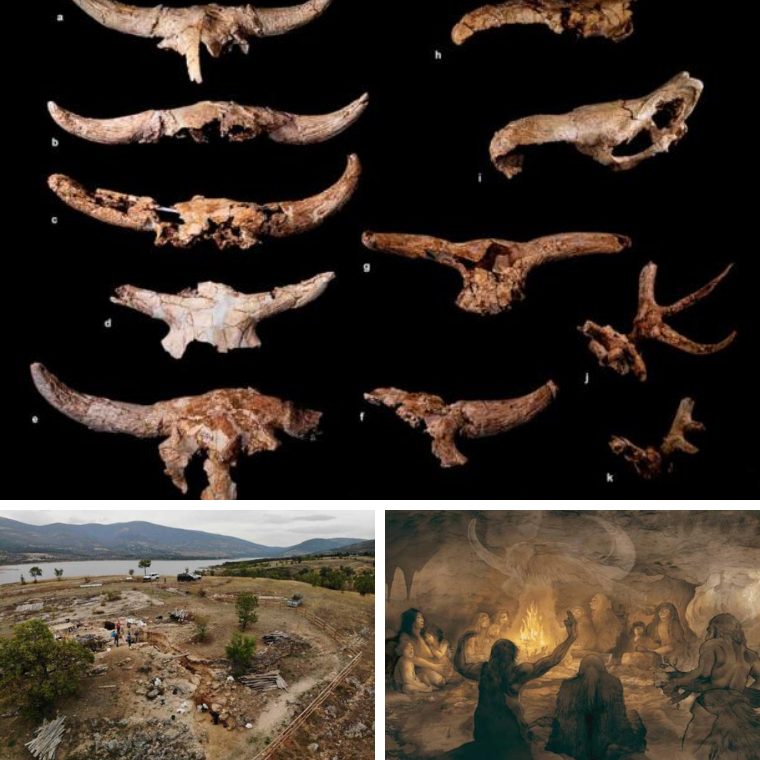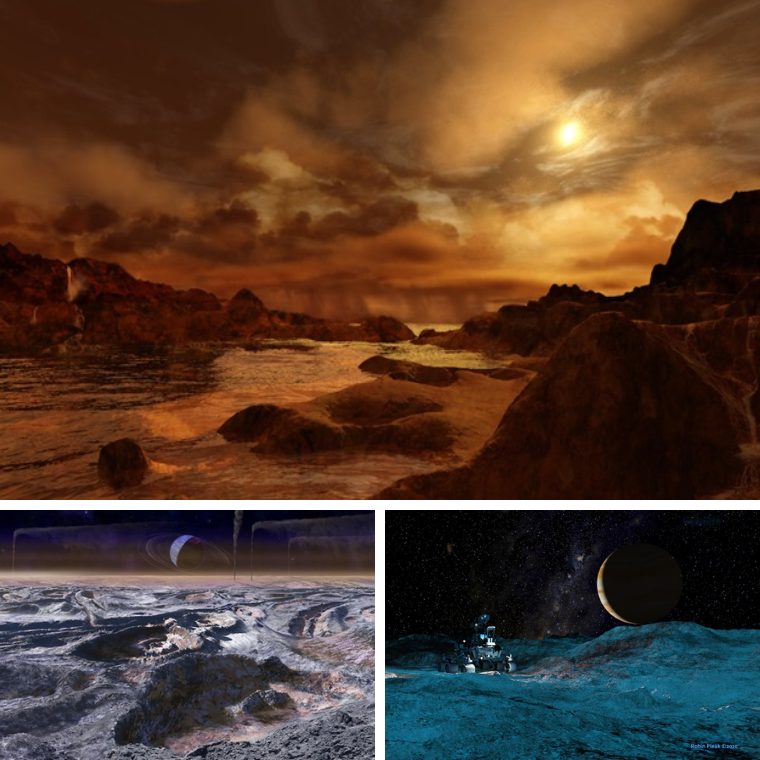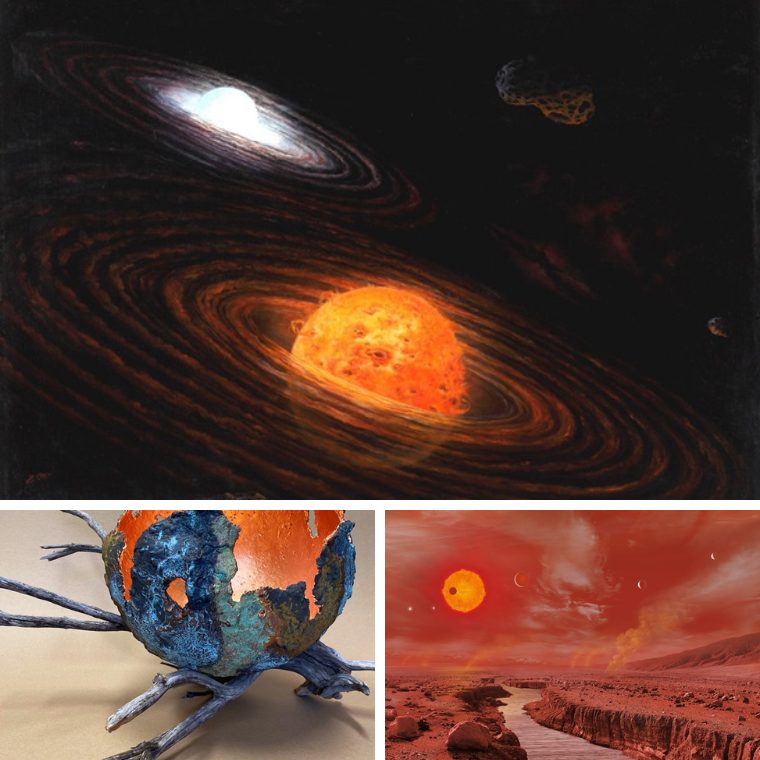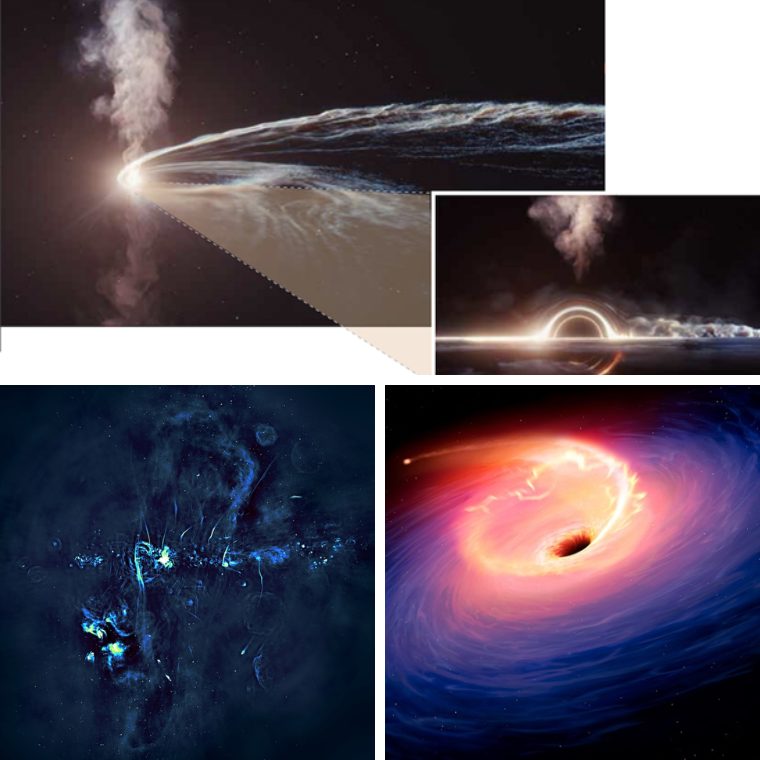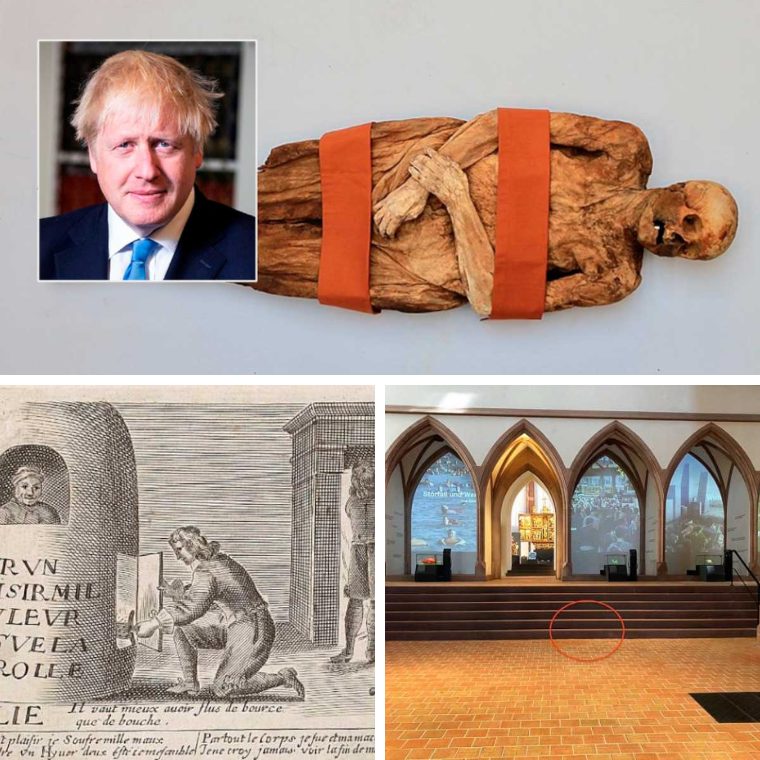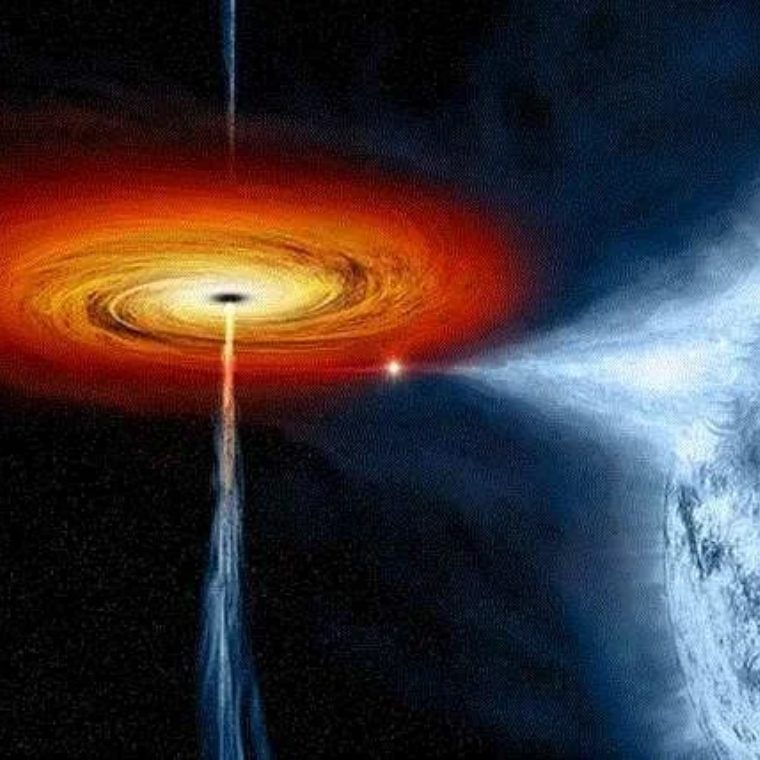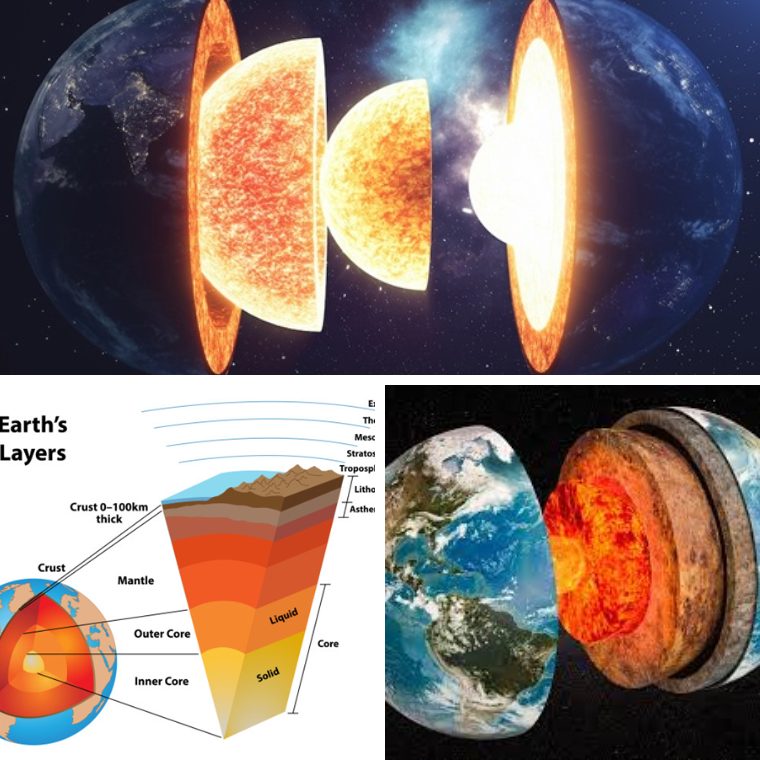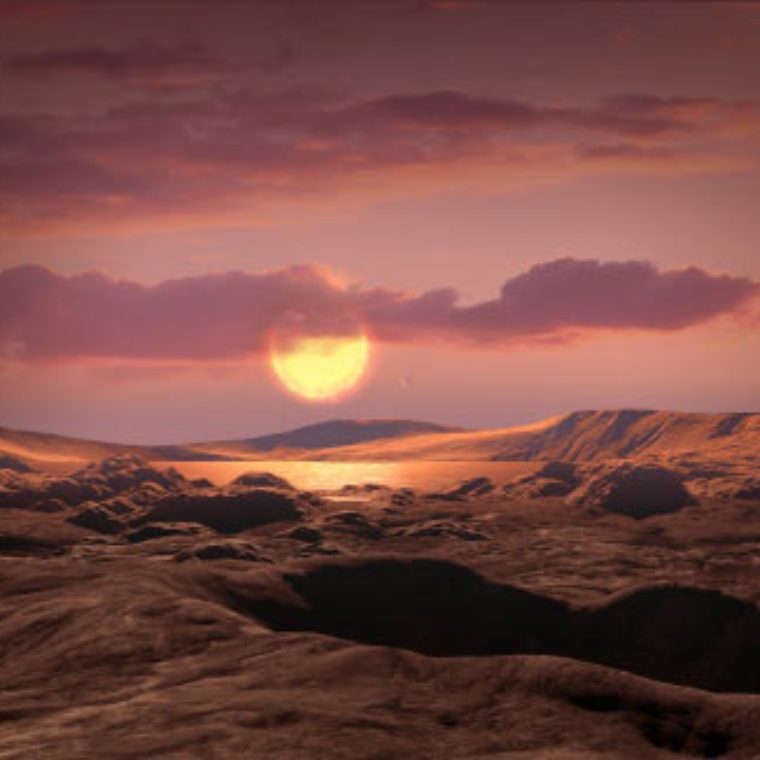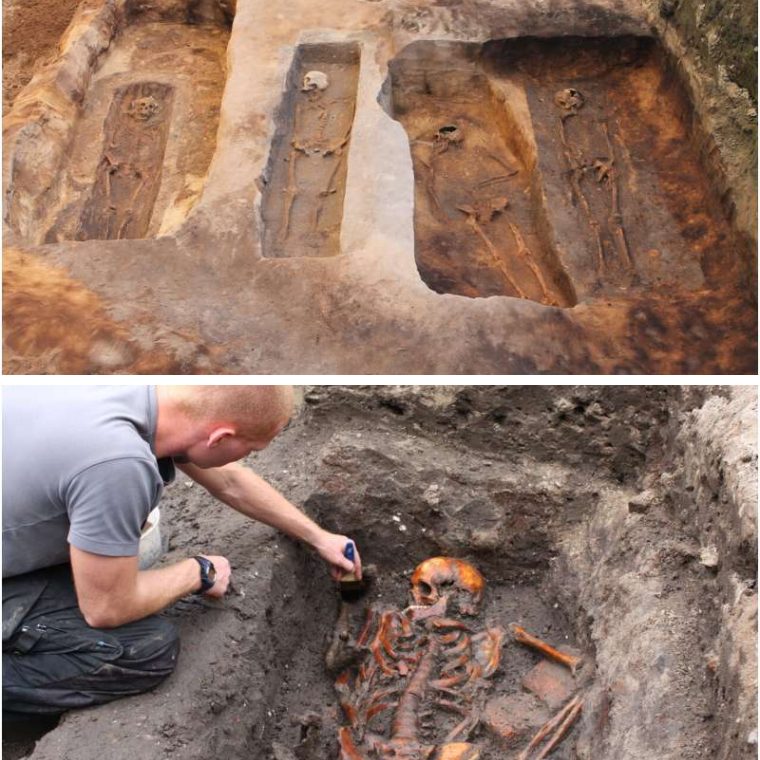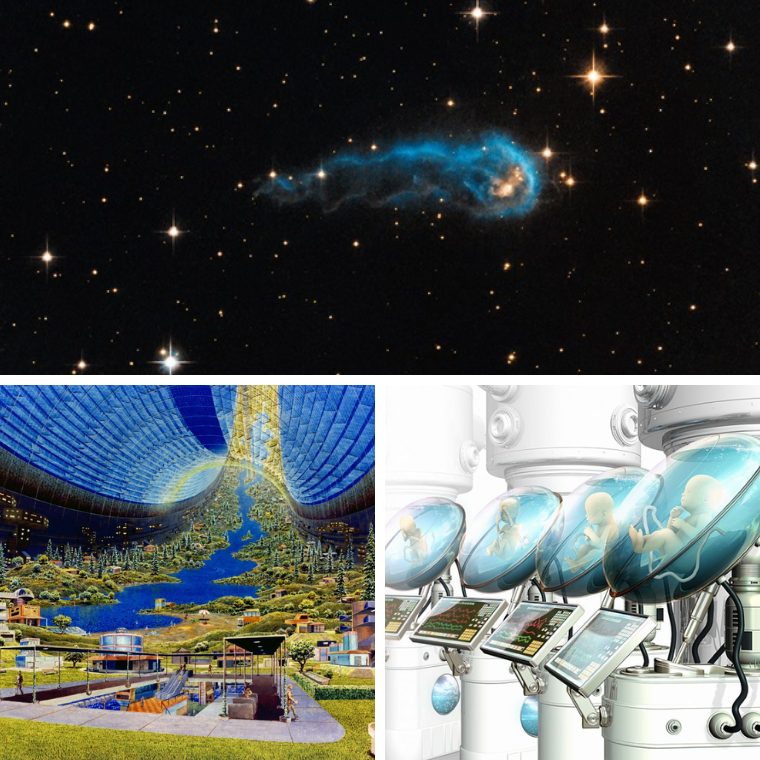What is time? Why is it so different from space? And where did it come from? Scientists are still stumped by these questions — but working harder than ever to answer them. Quantum entanglement — when the states of two particle are intertwined by the laws of quantum mechanics — has long vexed physicists. But the phenomenon may also hold the key to understanding how time emerged. J St. Augustine said of time, “If no one asks me, I know what it is. If I wish to explain to him who asks, I don’t know.” Time is an elusive concept:…
Author: s s
Archaeologists have found seven pairs of Anglo-Saxon brooches in seven graves during an excavation in Gloucestershire Archaeologists have found seven pairs of Anglo-Saxon saucer brooches, one pair in each of seven burials unearthed in an excavation in South West of England Gloucestershire. The wonderful discovery was announced on Twitter by Cotswold Archeology. At the site, the Cotswolds Archaeology team unearthed more than 70 Anglo-Saxon burials, some of which had luxurious grave goods. They are from the 5th or 6th centuries. Seven pairs of gold-gilt plate (or saucer) brooches were found, in seven separate graves. Plate brooches such as these were…
An elaborate scheme to shade Earth with millions of tons of Moon dust floating in space is unlikely to get off the ground. A group of U.S. scientists recently proposed an unorthodox scheme to combat global warming: creating large clouds of Moon dust in space to reflect sunlight and cool Earth. In their plan, we would mine dust on the Moon and shoot it out towards the Sun. The dust would stay between the Sun and Earth for around a week, making sunlight around 2 percent dimmer at Earth’s surface, after which it would disperse and we would shoot out more dust.…
The concept of using robotic explorers to investigate subsurface oceans has been around for years. And a fresh shot of funding might soon turn the ambitious plan into a reality. NASA recently provided $600,000 in phase II funding to investigate a novel approach for exploring the subsurface oceans of the solar system’s icy moons. In our search for life beyond Earth, the ocean worlds — icy moons with deep seas — have become primary targets. But these exotic moons have one problem: Their oceans, which astrobiologists think may host life, are trapped beneath miles of solid ice. So how can…
As the permafrost on Bolshoy Lyakhovsky Island in eastern Siberia melted, a mummified brown bear that lived more than three thousand five hundred years ago emerged. In an effort to advance research on extinct animals, researchers are now preparing to perform an autopsy on the bear. The female bear was found by reindeer herders in 2020 jutting out of the permafrost. It was given the name Etherican brown bear because it was discovered just east of the Bolshoy Etherican River. “This find is absolutely unique: the complete carcass of an ancient brown bear,” said Maxim Cheprasov, laboratory chief at the Lazarev…
The Double Asteroid Redirection Test (DART) successfully showed that it is possible to crash a spacecraft into a small asteroid. Whether the approach could save Earth from a future threat remains to be seen. Didymos (bottom right) and its smaller moonlet Dimorphos (top left) were the targets of the Double Asteroid Redirection Test. In a world first, NASA has crashed a spacecraft into an asteroid in an attempt to push the rocky traveler off its trajectory. The Double Asteroid Redirection Test – or DART – is meant to test one potential approach that could prevent an asteroid from colliding with Earth. David…
In the next 12 months, an annular and then a total solar eclipse will cross the U.S. Here’s where to see them. This distance-decay model shows how many people are estimated to travel to see the 2024 total solar eclipse. Scroll to the end of the article for a higher-resolution version of all maps. North America will experience two spectacular solar eclipses within a six-month span from Oct. 14, 2023, to April 8, 2024. The first is an annular eclipse whose central path treks across the western U.S. from Oregon to Texas before crossing Central America and northern South America.…
An astounding discovery in the Heaning Wood Bone Cave in northern England has revealed the oldest human remains found in the region, dating back 11,000 years. A team from the University of Central Lancashire ( UCLAN), uncovered evidence of human activity in the early Mesolithic period, shedding new light on the technologies and cultural habits of our ancestors. The Heaning Wood Bone Cave in Cumbria was first excavated in 1958 by E.G. Holland and this limestone formation with a vertical shaft has developed into a complex karstic fissure system. The cave was found to contain the preserved skeletal remains of three adults and…
The hypothetical world called Planet Nine is expected to be a super-Earth or sub-Neptune planet with an orbit that potentially takes it dozens of times farther from the Sun than the dwarf planet Pluto. Just over a year ago, a trio of astronomers set a record for the most distant object ever discovered in the solar system. Because the small world was found more than three times farther from the Sun than Pluto, the team fittingly dubbed it FarOut. But FarOut’s incredible distance of about 123 astronomical units — where 1 astronomical unit (AU) equals the average distance between the Sun…
The search for extraterrestrial life has been a topic of scientific inquiry and public fascination for decades. Scientists use various methods, such as studying other planets and moons in our own solar system, analyzing signals from distant stars, and searching for biosignatures in the atmosphere of exoplanets, to try to answer the question of whether we are alone in the universe. Despite ongoing searches and discoveries, the question of whether there is life beyond Earth remains one of the greatest mysteries of our time and continues to inspire and intrigue scientists and the general public alike. Deep learning techniques uncovered…
Astronomers using the Atacama Large Millimeter Array (ALMA) have detected a rapidly growing supermassive black hole in COS-87259, a galaxy that forms stars at a rate 1,000 times that of our own Milky Way Galaxy and contains over a billion solar masses worth of interstellar dust. This Hubble image shows NGC 5033, a spiral galaxy with a bright and energetic core called an active galactic nucleus, which is powered by a supermassive black hole. Image credit: NASA / ESA / Hubble / Judy Schmidt / ESA. Today, black holes with masses millions to billions of times greater than that of…
The supermassive black hole in our galaxy’s core is accompanied by a tight-knit group of stars — and we aren’t sure how they got there. Awash in a torrent of lethal radiation, a comet strays near the center of the Milky Way. From this viewpoint, swirling tendrils of super-charged plasma spiral across the shrouded, powerful galactic core, a black hole known as Sagittarius A*, closely circled by careening stars. The Sun circles the hub of our Milky Way just as a planet circles a star. It orbits about 26,000 light-years from the center of our galaxy, on the Orion Spur…
A pre-Hispanic mummy of between 600 and 800 years old, was found inside the backpack of a delivery man from a delivery company in the Peruvian region of Puno, near Bolivia. The 26-year-old Peruvian man who was caught with the mummy said, ‘Juanita’ was a kind of ‘spiritual girlfriend’ he kept it at home “and took it out to show his friends.” Drunk in Charge of a Mummy The police found three young men accompanied by a mummy that was inside a thermal delivery suitcase. The discovery occurred on Saturday, February 25, 2023, in the city of Puno, in southern Peru.…
As the data continues to accumulate, it becomes more and more clear that Neanderthals were highly intelligent hominins who built their own unique and remarkable culture. Some of the latest confirmation of this fact has been provided by a team of archaeological researchers from Spain, who recently excavated an expansive collection of huge animal skulls arranged inside a Neanderthal cave north of Madrid. “There have been discoveries of up to 35 crania of large herbivores, which were arranged in an area where the cave enlarges,” said study lead author Enrique Baquedano, when discussing the animal skulls in an interview with Newsweek. “The dates…
Astronomers deal with numbers and measurements, but artists can show us the landscapes the data describe. Comet Lander, Digital An imaginary robotic lander eclipses the Sun as it fires retrorockets in preparation for touching down on a comet. The comet’s surface, though icy, appears dark due to a widespread coating of hydrocarbons. The image was designed for the 2004 book Futures: 50 Years in Space (Harper Design), by Hardy and Sir Patrick Moore. Painters have played a significant but underappreciated role in our exploration of the worlds in our solar system. Scientists tend to specialize in narrow aspects of reality —…
The billions of stars in our home galaxy present artists with infinite possibilities for transporting us to other worlds. Life on a Tidally-Locked World, Acrylic In this scene on a tidally locked world, the parent star of the imagined planet never rises or sets. The world’s plants are all seen facing the same direction, competing with each other to reach toward the light. Something is disturbing the waters … possibly an intelligent animal… The Milky Way and its countless stars, nebulae, and exoplanets were latecomers to space art. The reason is pretty simple: No one knew very much about what lay…
When a star disappears down the throat of a black hole, the flash is just the start of the show. A doomed star makes a close approach to a black hole in this artist’s concept. The extreme tidal forces exerted by the black hole’s gravity are tearing the star apart. I wake up to a chime from my smartphone. Bleary-eyed, I check it — and jolt awake upon seeing an automated email from the MeerKAT radio telescope in South Africa. The subject line reads: “AT 2018xxx 2hr has been completed.” The message tells me that while I was sleeping, MeerKAT…
New research reveals Boris Johnson’s mummified Swiss ancestor did not die of syphilis, as has long been believed, but of an unknown pathogen. In 1787, at 68 years old, a woman called Anna Catharina Bischoff died in Basel, Switzerland. On 20 October 1975, workers were excavating in the Barfüsser Church , a former medieval Franciscan monastery, when they discovered a brick-walled grave chamber in front of the church choir containing two well-preserved coffins sitting on a pile of bones. One was a simple spruce wood coffin, inside which a female mummy was discovered with her left hand holding her right arm above the wrist. So…
In 1974 Stephen Hawking and Kip Thorne placed a bet on whether Cygnus X-1 was really a black hole. The wager was settled in 1990, but the world’s first black hole is still a mystery. An artist’s concept of the Cygnus X-1 binary system. Black holes are a tricky bunch. While Einstein’s theory of relativity predicts they’re common, tracking down the first one was quite a challenge. Unlike stars, black holes themselves don’t emit any light, so the only thing we can measure about them is their size and spin. Today, we know black holes exist — we even have a…
You would have to dig nearly 2,000 miles before reaching Earth’s core — and the 10,000-degree Fahrenheit temperature there would vaporize you anyway. This illustration depicts the four sections beneath Earth’s surface. Our Earth is structured sort of like an onion — it’s one layer after another. Starting from the top down, there’s the crust, which includes the surface you walk on; then farther down, the mantle, mostly solid rock; then even deeper, the outer core, made of liquid iron; and finally, the inner core, made of solid iron, and with a radius that’s 70 percent the size of the…
The history of the Golconda diamonds is steeped in rich tradition and legend. Dating back to the 16th century, the region of Golconda, located in present-day Andhra Pradesh, India, was renowned for its diamond mines and was a major source of diamonds for centuries. The diamonds mined in Golconda were known for their exceptional quality, unique color, and historical significance, making them highly prized by rulers and wealthy merchants all over the world. Despite legends of curses surrounding certain diamonds, the Golconda diamonds are considered some of the most valuable diamonds in the world today. From India to the World:…
Wolf 1069b is the sixth closest Earth-mass exoplanet situated in the conservative habitable zone of its parent star, after Proxima Centauri b, Gliese 1061d, Teegarden’s Star c, and Gliese 1002b and c. An artist’s conception of the surface of the Earth-mass exoplanet Wolf 1069b. Image credit: NASA’s Ames Research Center / Daniel Rutter. “An impressive 5,000 exoplanets and counting have been detected thus far, largely thanks to the past and ongoing radial-velocity and transit surveys,” said lead author Dr. Diana Kossakowski from the Max Planck Institute for Astronomy and colleagues. “On the hunt for an Earth analog, out of these…
Scientists who study the origins and evolution of the plague have examined hundreds of ancient human teeth from Denmark, seeking to address longstanding questions about its arrival, persistence and spread within Scandinavia. In the first longitudinal study of its kind, focusing on a single region for 800 years (between 1000 and 1800AD), researchers reconstructed Yersinia pestis genomes, the bacterium responsible for the plague, and showed that it was reintroduced into the Danish population from other parts of Europe again and again, perhaps via human movement, with devastating effects. The historical samples were taken from nearly 300 individuals located at 13 different…
Here are a few ways that humanity may be able to leave the cradle of Earth. The field equations of Einstein’s General Relativity theory say that faster-than-light (FTL) travel is possible, so a handful of researchers are working to see whether a Star Trek-style warp drive, or perhaps a kind of artificial wormhole, could be created through our technology. But even if shown feasible tomorrow, it’s possible that designs for an FTL system could be as far ahead of a functional starship as Leonardo da Vinci’s 16th century drawings of flying machines were ahead of the Wright Flyer of 1903. But this need…




